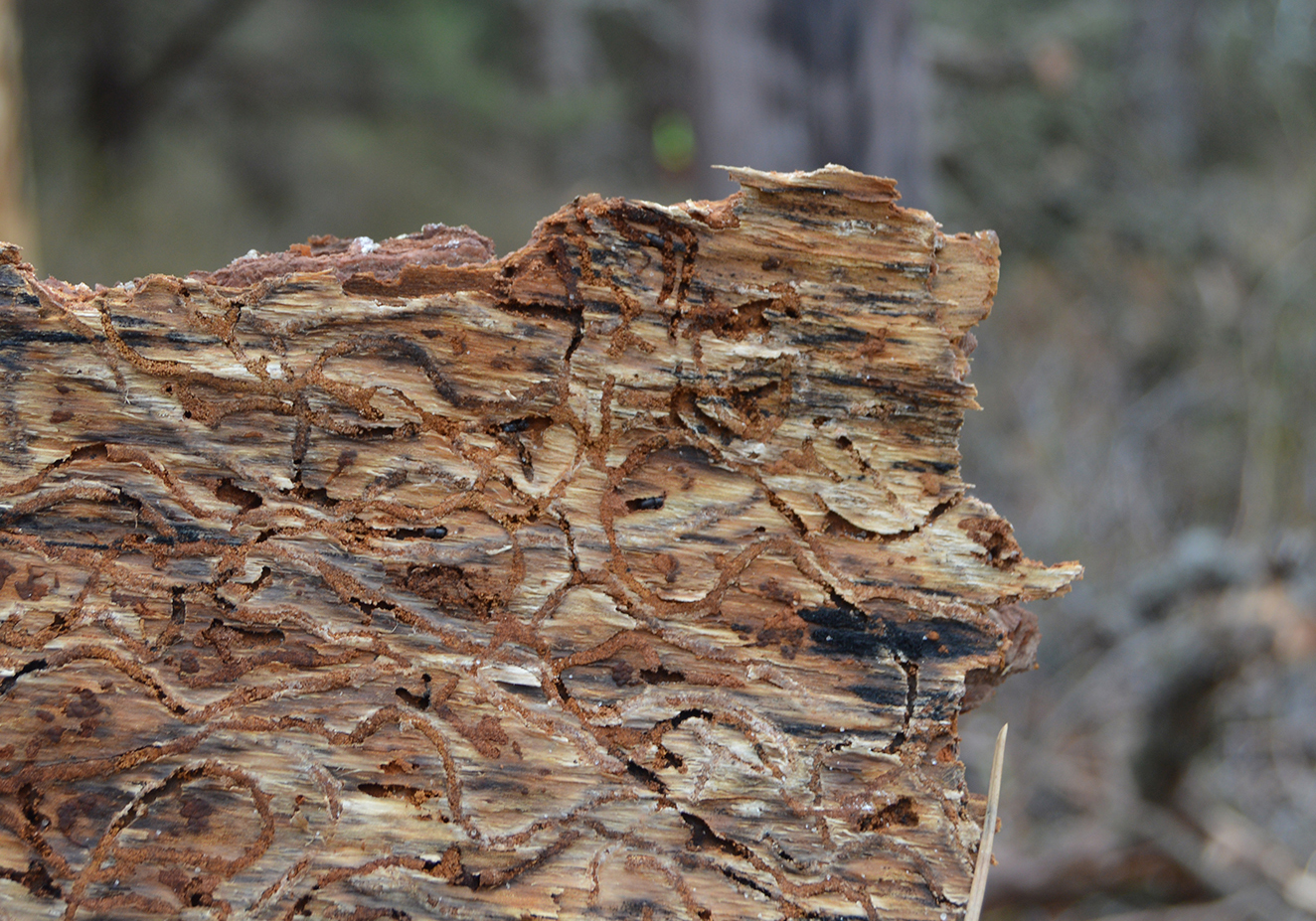News Release

|
Subscribe
|
Contact: Jordan Raphael
Contact: Elizabeth Rogers
Patchogue, NY - Since 2014, the National Park Service (NPS) has contributed to a regional effort to limit the spread of the Southern Pine Beetle, an invasive and destructive forest pest native to the Southeastern United States. The effort, led by local and national scientists, managers, and stakeholders on Fire Island and Long Island, received Honorable Mention for the U.S. Forest Service Chief’s Honor Award in Sustaining Forests and Grasslands.
“The award was for our initial response,” said Kevin Dodds, U.S. Forest Service Entomologist, “for mobilizing the Forest Health Working Team and advancing science-based management strategies to combat the spread of this forest pest.” In less than one year from the time Southern Pine Beetle infestations were identified in the region, the multi-agency team, including the New York State Department of Environmental Conservation, the U.S. Forest Service, U.S. Fish and Wildlife Service, Central Pine Barrens Commission, Brookhaven National Lab, New York State Parks, Suffolk County Parks, and NPS launched a suppression effort to improve forest health in at-risk areas.
At Fire Island National Seashore, Park Biologist Jordan Raphael led the suppression effort. “We decided to take down infested trees as soon as we could to keep the seashore’s forests healthy into the future.” Over the course of four winters, staff at Fire Island National Seashore were able to dramatically reduce infestations on Fire Island and at the William Floyd Estate, a unit of the seashore located on Long Island. In 2018, infestations were found in fewer than 8 pine trees, down from the more than 1,500 trees infested in 2014 and 2015.
The southern pine beetle is known to mass attack pine trees and can kill infested trees within two to four months. When an infested tree is cut down during the winter, dormant southern pine beetle larvae are exposed to the elements. Cutting down infested pine trees helps to reduce southern pine beetle habitat and increase mortality of larvae and adults. This suppression method has been shown to significantly slow the spread of the beetle on Fire Island and Long Island and was supported by U.S. Forest Service grants and expertise.
“Our rapid response and the continued regional collaboration have been key to slowing the spread of the beetle,” said Mr. Raphael.
Southern pine beetle infestations were first discovered in 2014 at Fire Island National Seashore. Since then, more than 1,000 acres of forest have been surveyed annually for signs of infestation, and more than 1,200 infested pine trees have been removed to help protect Seashore forests.
More information on southern pine beetle may be found on www.nps.gov/FIIS, and in a recent Outside Science, Inside Parks video, published by the NPS Explore Nature division.
Last updated: February 22, 2018
